On June 15, the Center for Global Development (CGD) and Pure Earth jointly hosted a half-day event, “Get The Lead Out: A Day Connecting Local and Global Action for a World Free of Lead Poisoning,” focused on the global lead poisoning problem affecting 1 in 3 children worldwide. The event is one of the first to spotlight the issue to decision makers in Washington D.C.
Featuring three expert panels and a host of learning stations, the well-attended event was a rare opportunity to connect with the leading experts working today on the issue of global lead poisoning. The high interest level signals a growing understanding of the far-reaching impacts lead has on health, society, and the economy, as well as a willingness to begin to address the issue.
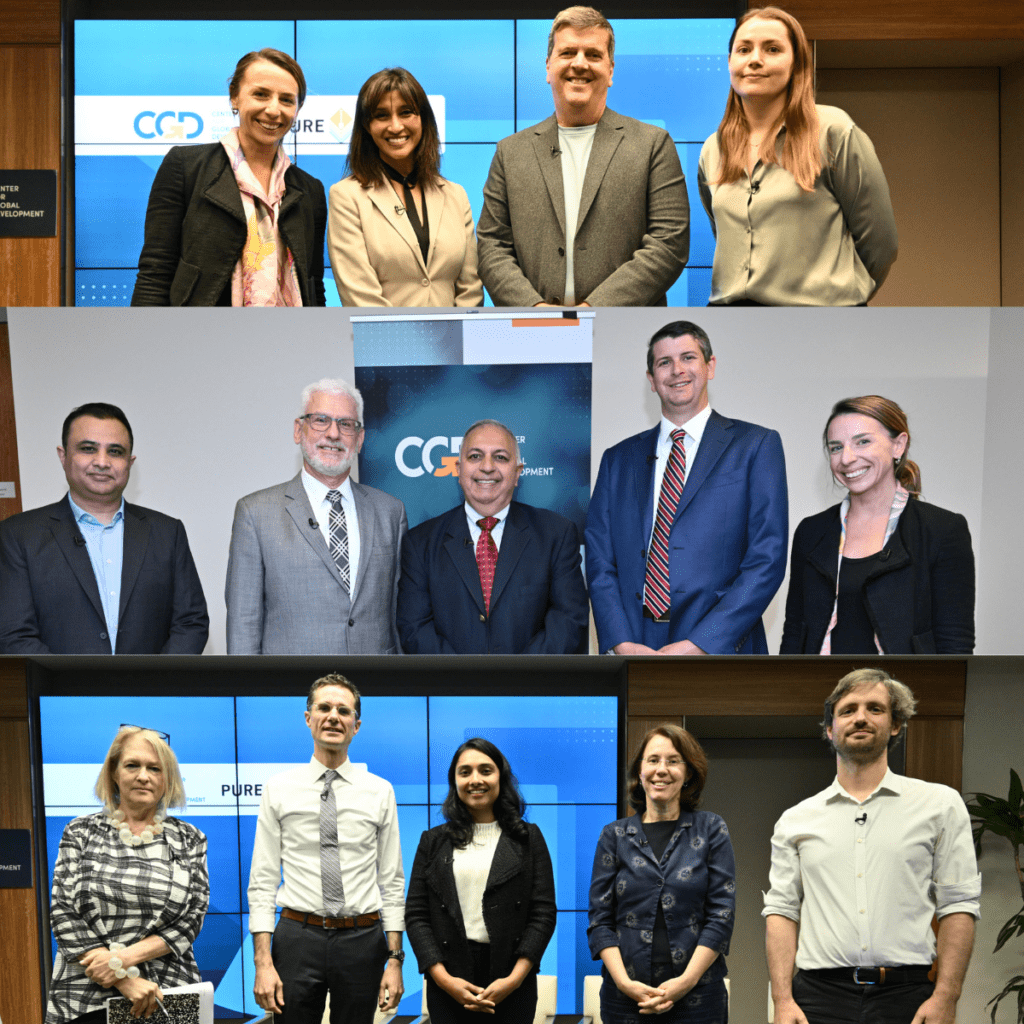
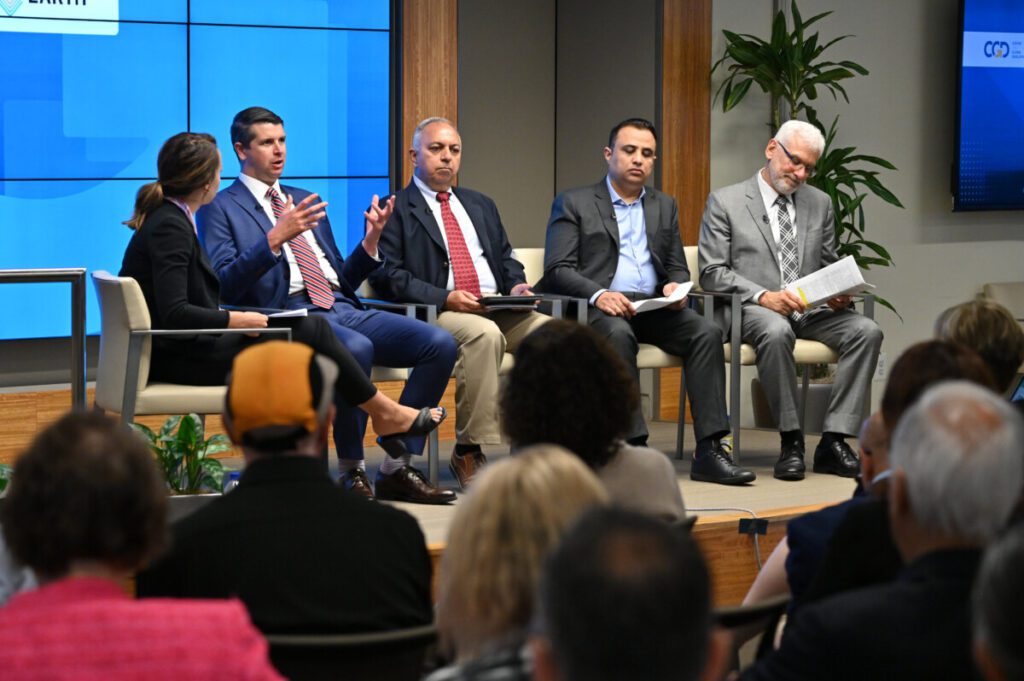
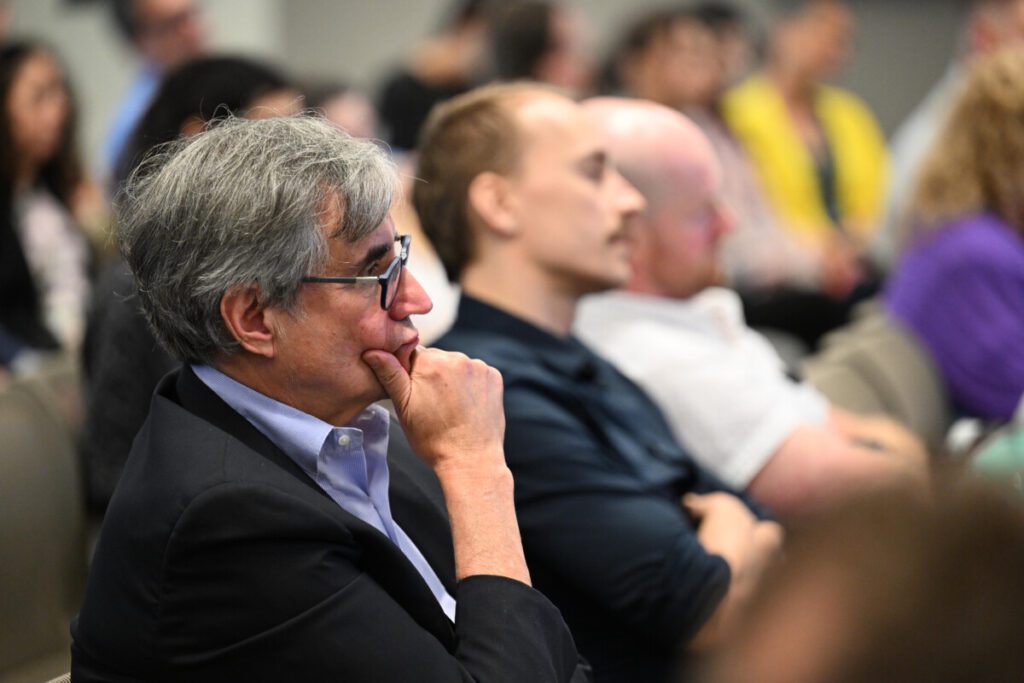
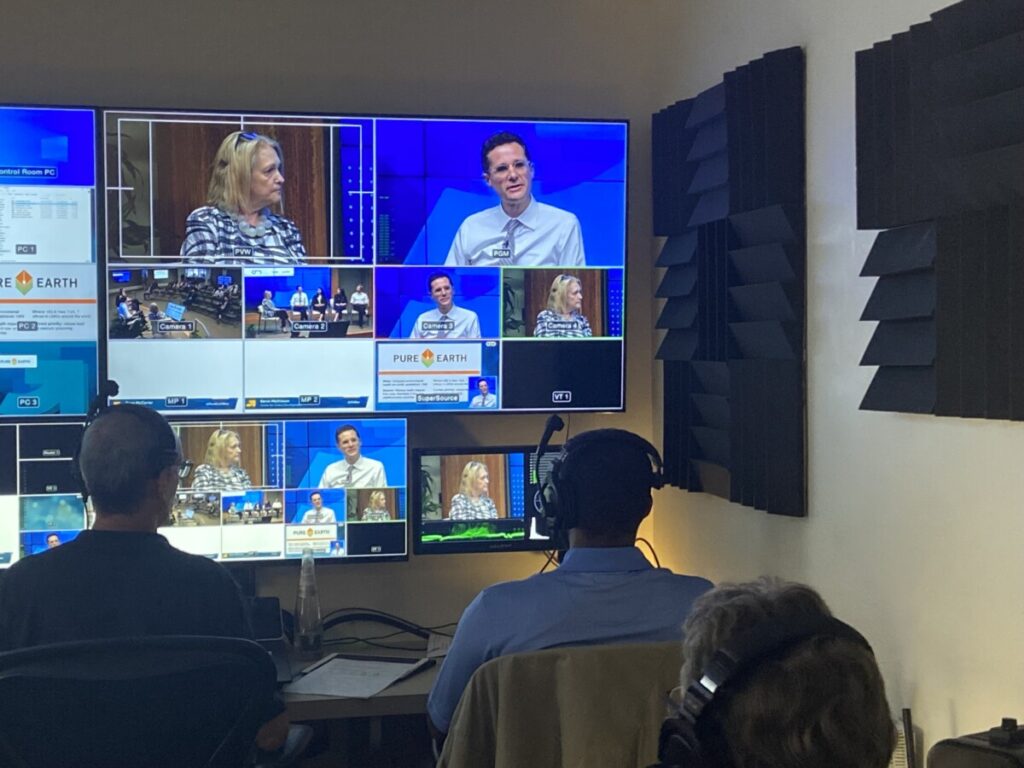
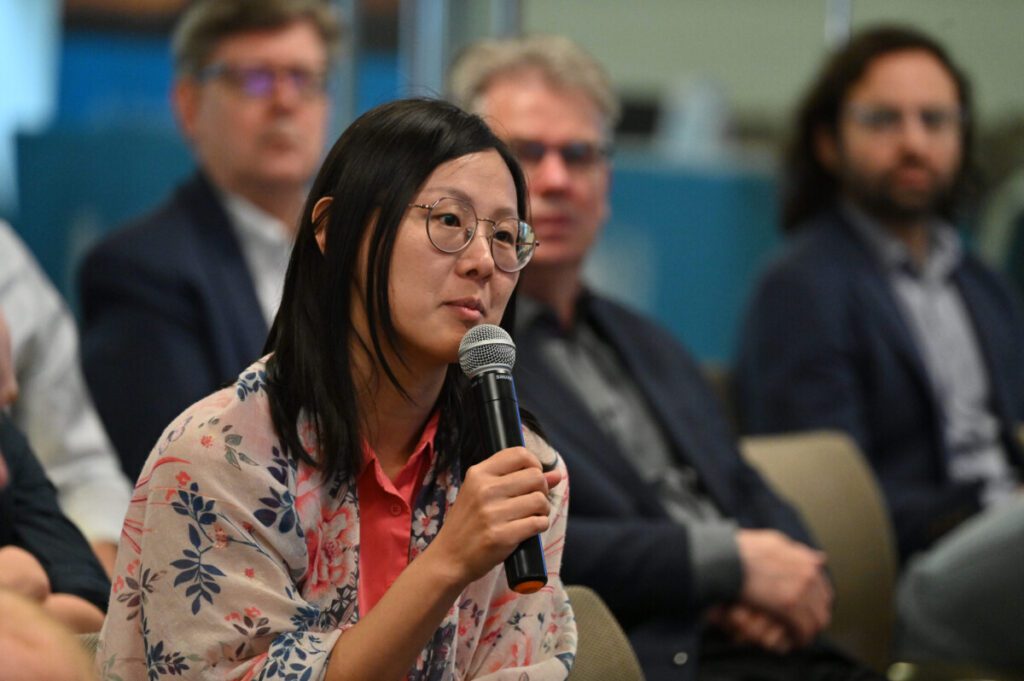
“A Turning Point”
This mobilization against lead poisoning in the nation’s capitol comes just as the American Heart Association (AHA) is sounding the alarm on lead. In a new report, the AHA calls lead a contributor “to the burden of cardiovascular disease, especially heart attacks, stroke, disease of the arteries to the legs and premature death from cardiac causes.”
With exposure to heavy metals like lead being “near-universal,” lead could be one of the largest causes of death in the world.
In a commentary, Pure Earth board member Dr. Howard Hu, Chair of the Department of Population and Public Health Sciences at the University of Southern California, reflects on the significance of this new AHA report, hoping that “…it signals a turning point in the recognition of environmental exposures to toxic metals as risk factors for cardiovascular disease that are widespread, preventable, and potentially treatable, with major implications for policy and clinical practice, world-wide.”
Accelerating Global Action
In the face of mounting evidence, from The Toxic Truth to the new AHA report, the Washington, D.C. event is part of a concerted effort to accelerate global action on the lead issue. This includes Pure Earth’s work on the CGD’s multistakeholder Lead Working Group to create a global framework and action agenda to reduce lead poisoning, and Pure Earth’s briefing to G7 leaders, and efforts to move the Indian government to prioritize lead as part of their G20 Presidency.
As the CGD notes in a post: “Because lead poisoning is preventable but not curable, every day represents a permanent loss in human potential, as well as elevated health, social, and economic costs—and every new use of lead adds permanently to the stock of lead contamination of our shared environment, increasing the challenge of lead mitigation for future generations. The outcome of continued indifference is that the prevalence and impact of this silent killer will grow and spread.”
Every passing day without action on lead will mean more children’s lives burdened and dimmed. The world cannot afford this loss of potential.
Highlights From “Get The Lead Out”
“Get the Lead Out! A Day Connecting Local and Global Action for a World Free of Lead Poisoning” brought together experts from Pure Earth, CGD, UNICEF, the U.S. Environmental Protection Agency, Centers for Disease Control, Lead Exposure Elimination Project, New York City Department of Health and Mental Hygiene, and more.
It featured three panels, which provided an overview of the latest data, research and solutions being implemented around the world. In between the discussions, audience members could visit a number of learning stations to find out more about blood lead testing, how to use an XRF (X-ray fluorescence) hand-held meter to detect lead-contamination in products, and learn about case studies of successful interventions, and more.
The message?
The experts made clear that effective solutions exist and should be expanded to reduce the harm being inflicted on 1 in 3 children (about 800 million) worldwide. After all, lead’s presence in everyday life exposes everyone, no matter where they live.
Scroll below to read highlights from the three panels and watch the video of the entire discussion.
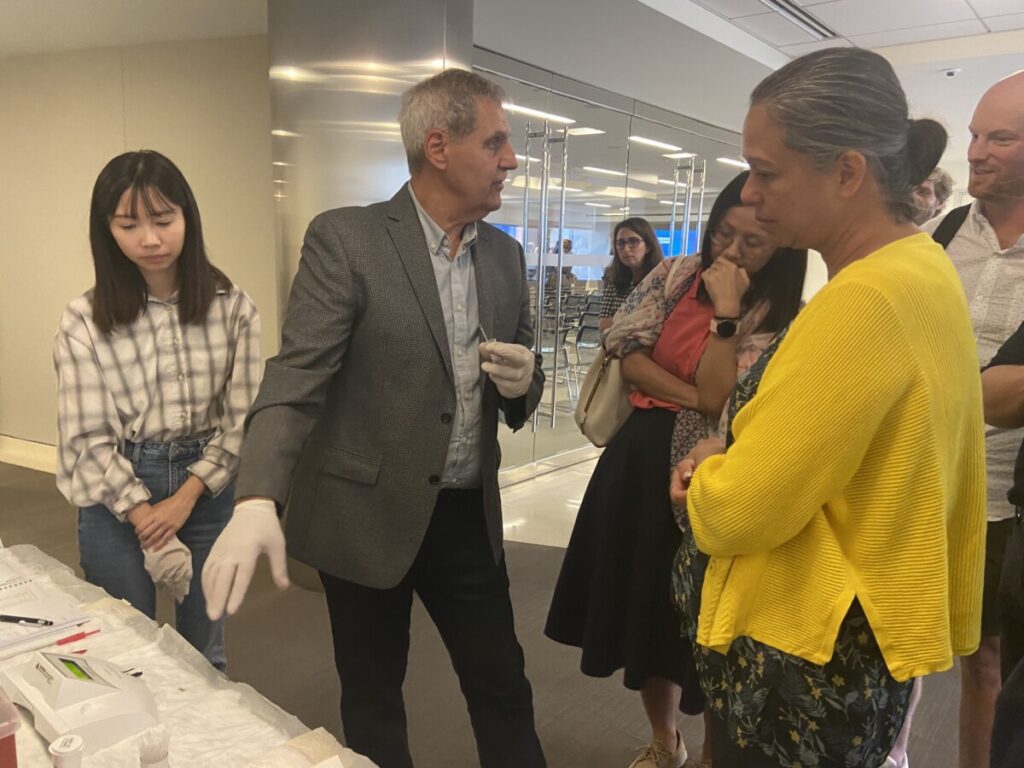
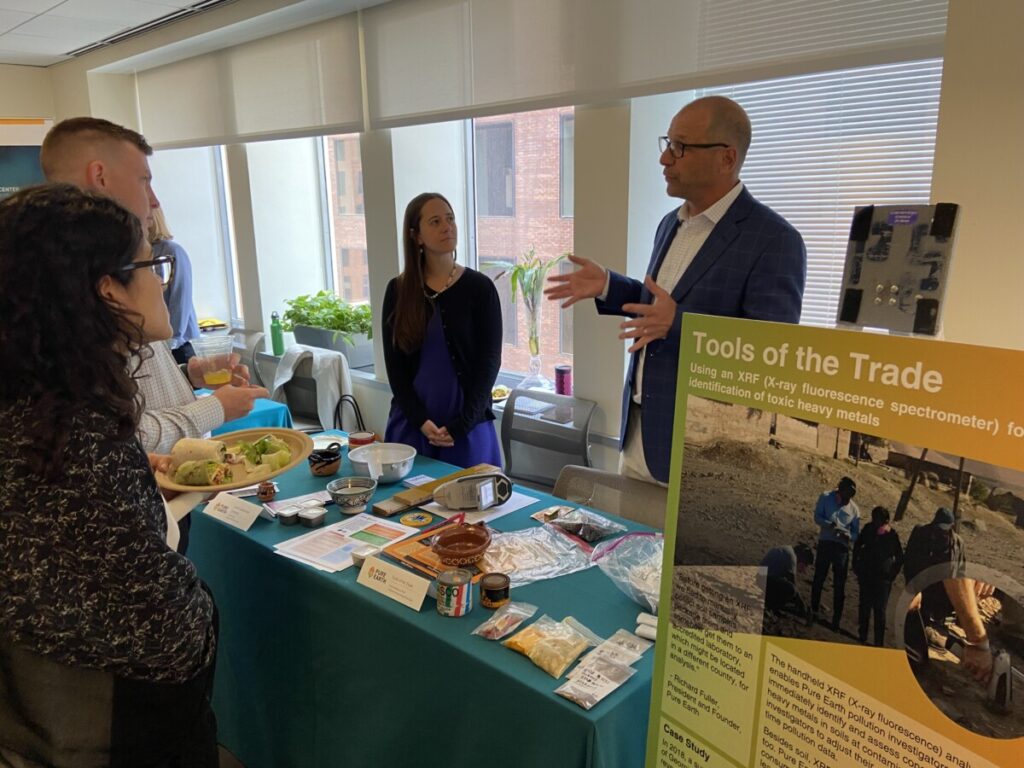
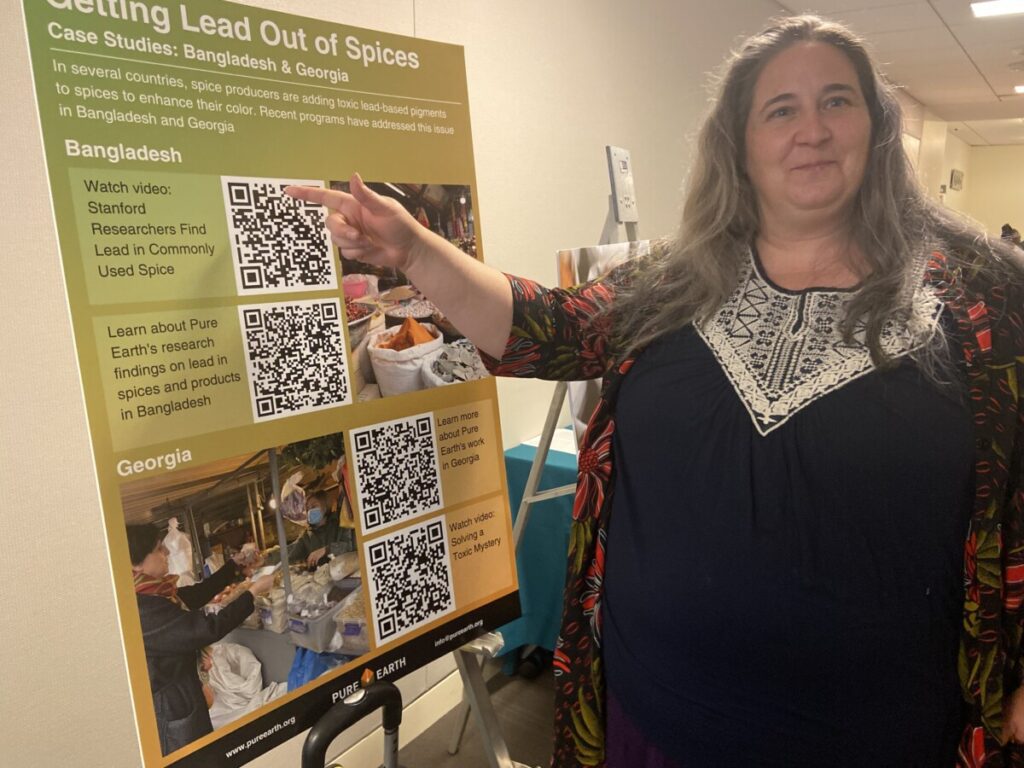
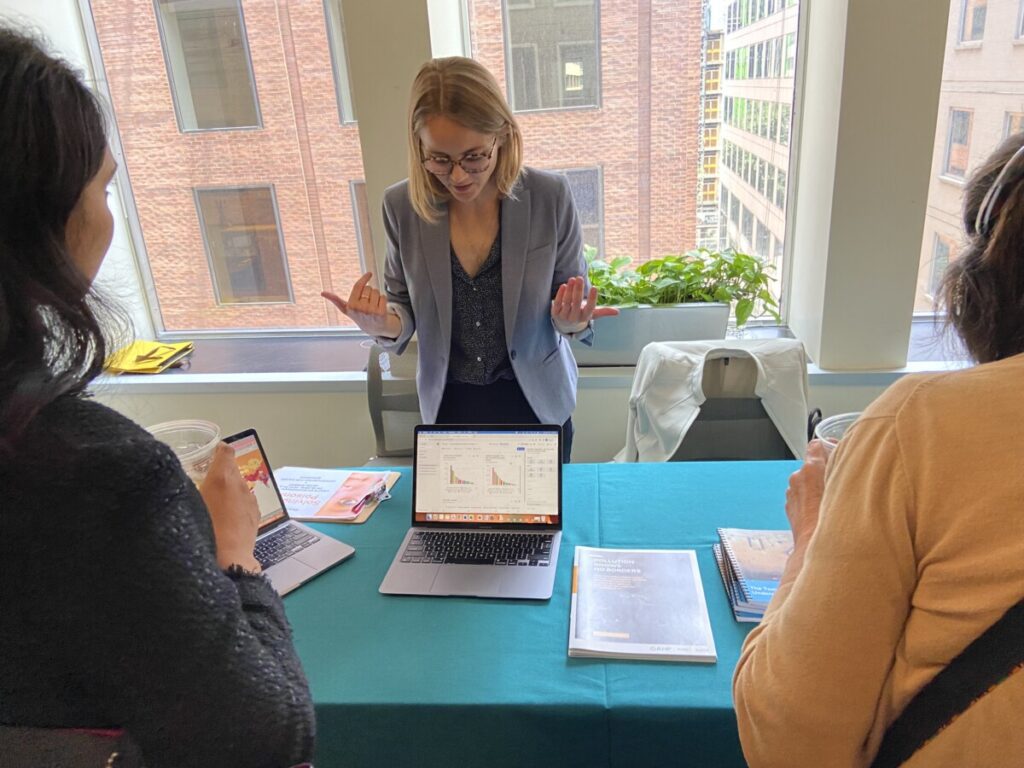
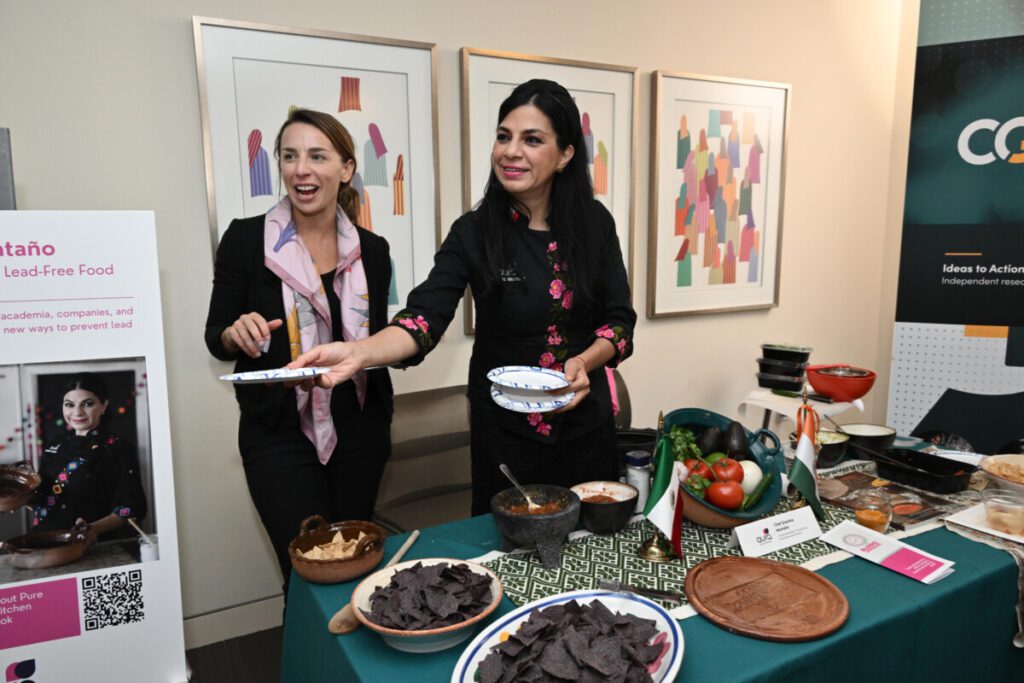
Hear from Experts on the Panels
About the wide-ranging impact of lead:
UNICEF and our partners, we’ve been working…to ensure that children can survive and thrive in low- and middle-income countries…We try to ensure that they get the basic health services, that they reach their developmental milestones, that they get basic education, and that they are protected from violence.
We want all of that and here is an issue–lead poisoning–that affects it all.
— Abheet Solomon, Global Programme Lead, Healthy Environments for Healthy Children, UNICEF
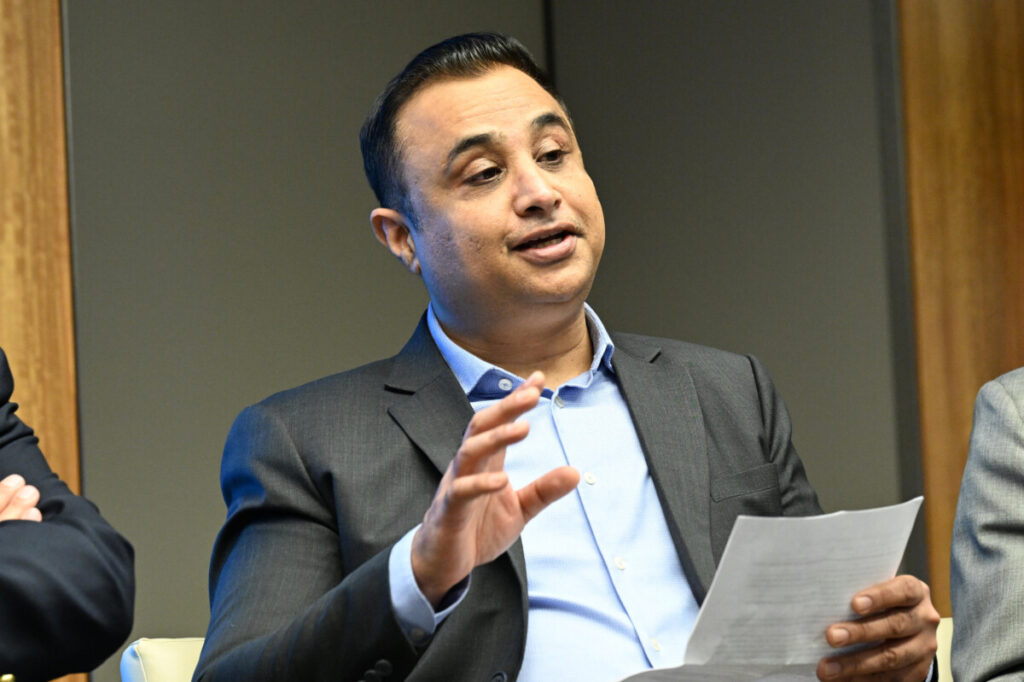
About the importance of solving the problem at the source:
This is not an issue we can solve by acting within our borders. You can spend all the money in the world trying to test products as they reach our border, and you won’t get even a fraction of the contaminated items…
You could spend a small amount of money going to Pakistan, for example, where they produce that contaminated eyeliner, and work with producers to create substitutes so that it doesn’t poison kids all over the world. This is a much better approach.
— Drew McCartor, Executive Director, Pure Earth
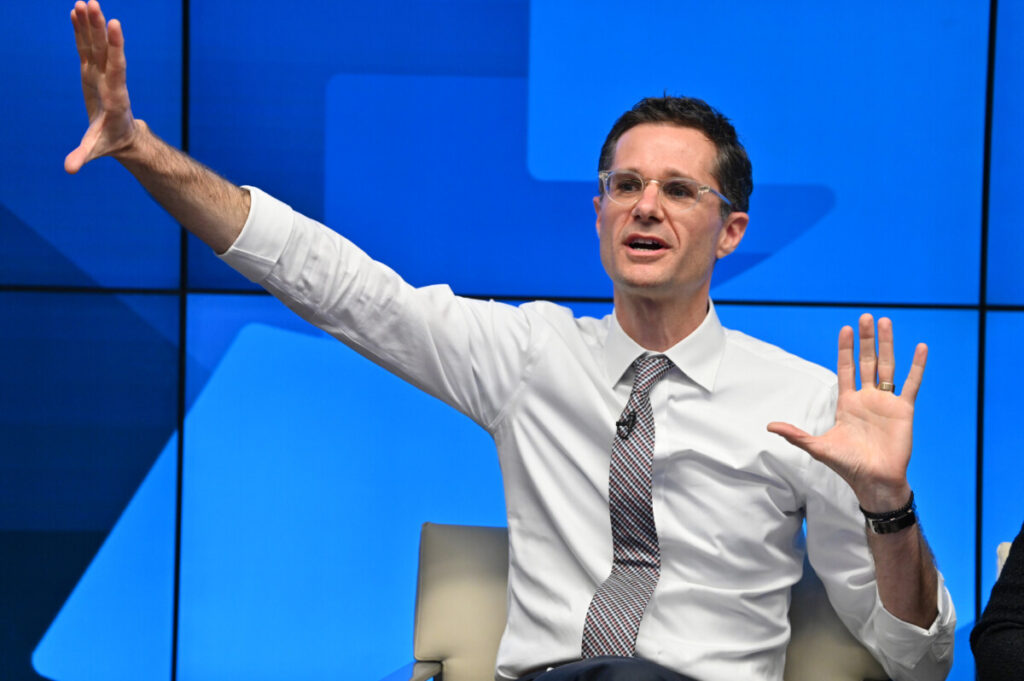
About the link between lead and cardiovascular disease:
The AHA after decades of work…has recognized for the first time that lead is a cardiovascular risk factor… but this is not new. The first evidence that lead affects the cardiovascular system is from a paper in 1886 published in a British medical journal… somehow this knowledge got lost.
(Referring to a study) What happens when we can remove lead?… We could see that 22% of decline in cardiovascular diseases in U.S. would be explained by changes in blood lead levels.
— Ana Navas Ancien, Professor and Vice-Chair of Research, Department of Environmental Health Sciences, Columbia Mailman School of Public Health
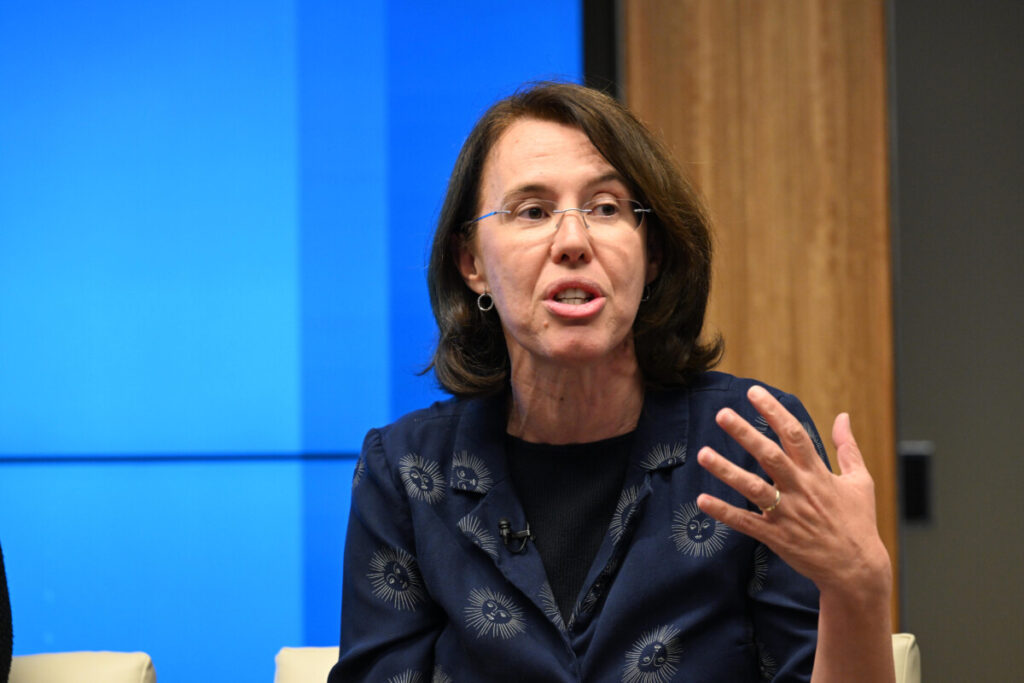
About the connection between lead levels and education outcomes:
How do interventions to reduce blood lead stack up against an education intervention, for example?…The overall effects from reducing lead down to rich country levels completely is around 0.28%… that’s about the same size as a big $50 million U.S. reading program in a developing country that’s focused on teaching children to read. That’s quite a big effect.
— Lee Crawfurd, Research Fellow, Center for Global Development
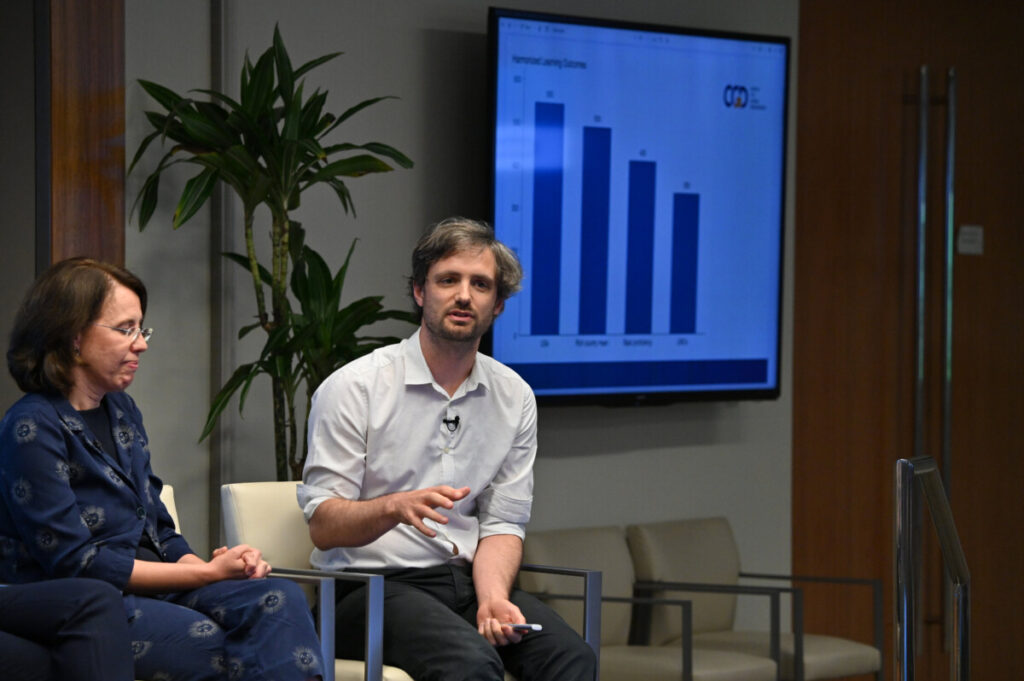
About the global lead connection:
When we find hits… we go undercover shopping looking for these products in New York City stores…. This data, all of the product samples that are collected for testing through these investigations and stores surveillance, are maintained systematically tracked in our database…When you build data, you build patterns. Who’s at risk. What are they at risk for?
(Showing a map of countries of purchase for products with detectible lead identified during NYC investigations)…New York City is a mixing pot…Think of it as a signal.
— Paromita Hore, Director, Environmental Exposure Assessment and Education, New York City Department of Health and Mental Hygiene
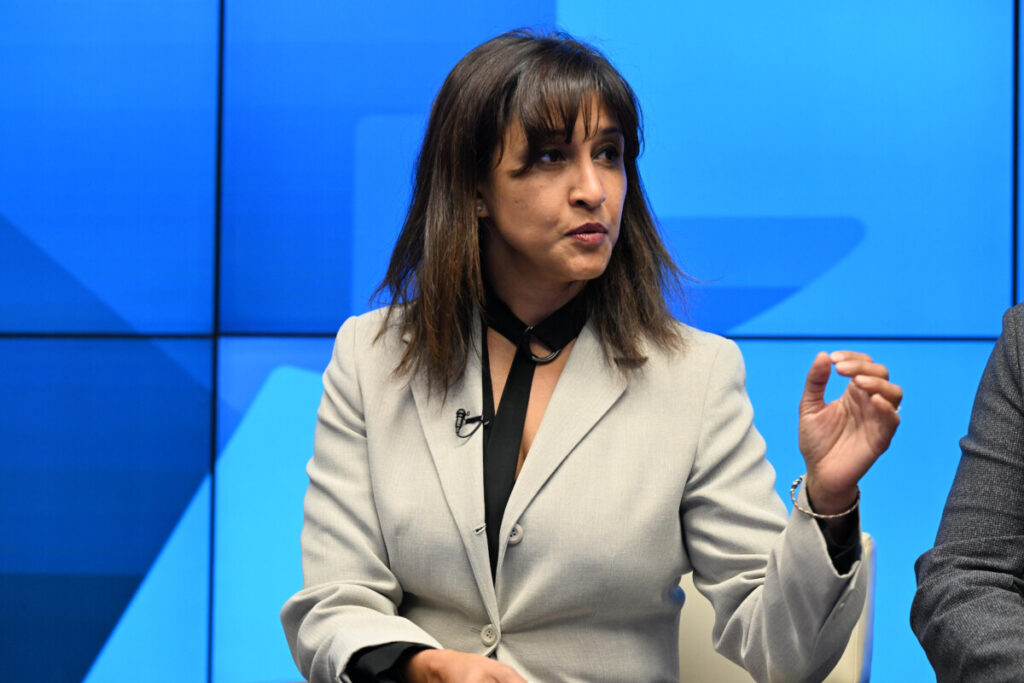
About return on investments in lead interventions:
When we analyzed to see how much the government would need to spend to do interventions, and then we look at the benefit, which is calculated in terms of future children born who do not have impaired intelligence and therefore have larger lifetime earnings. It’s the loss IQ, the loss potential of those people we can calculate in economic terms…We find that the benefit cost ratio is enormous. Each dollar generates tens of thousands of dollars in return…
— Richard Fuller, Founder, Pure Earth
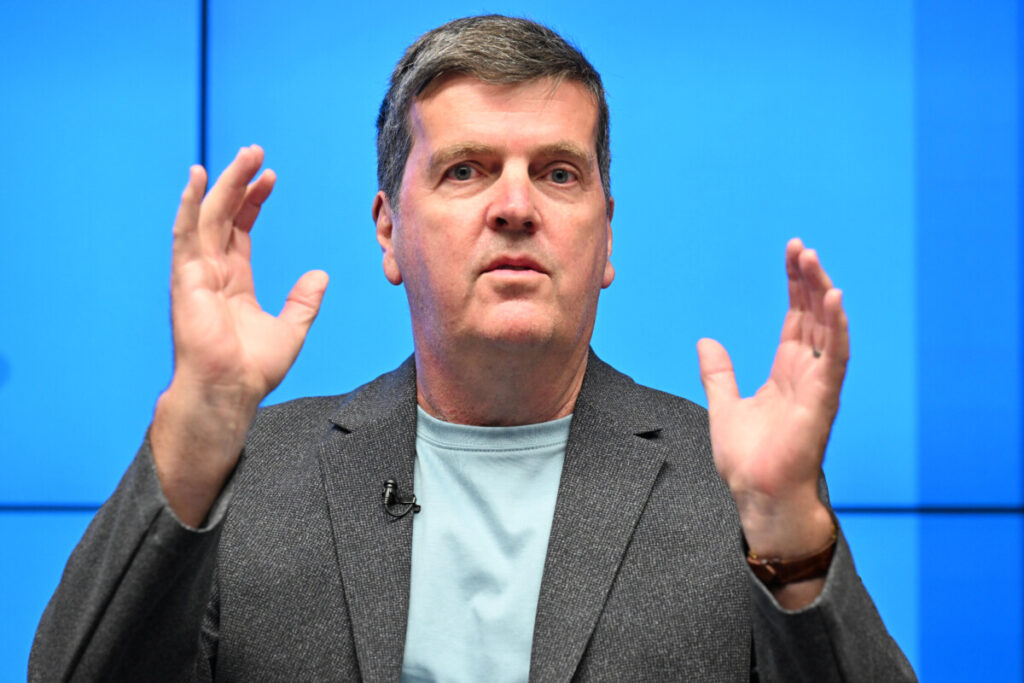
About the funding landscape for lead:
This has to be in my mind the greatest mismatch between impact in the health space and the attention and funding it gets. We’re starting to close that gap but it’s taking a long time.
…The funding is…(around) $10 million from foreign assistance…We heard from our last panelist he got Flint, Michigan $150 million for that one community, and that President Biden is spending $2 billion so far on lead pipes. So when you compare that to the minuscule amount that’s being channeled to address (global) lead poisoning, it gives you a sense of the huge scope of the problem…The lag between knowledge and action is one of biggest in the health area.
— Karen Mathiasen, Center for Global Development
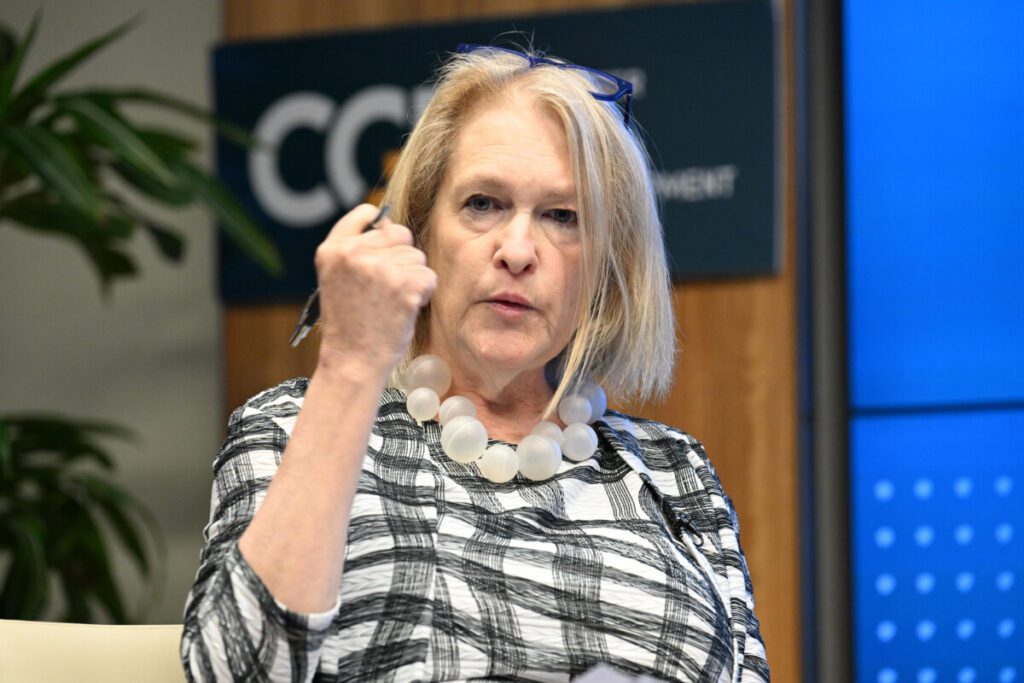
About the experts working on lead:
Look around, pretty much everyone working on this issue is in this room. That’s a little of an overstatement but not that much of an overstatement… that means that any individual person who decides to take this on and work in this area has such a tremendous amount of potential to make an impact… It’s a small community of people but it’s getting bigger, and I think we are trying to expand the pathways where that can happen, and aim high, aim to really transform and end childhood lead poisoning by 2040.
—Rachel Silverman Bonnifield, Senior Fellow, Center for Global Development
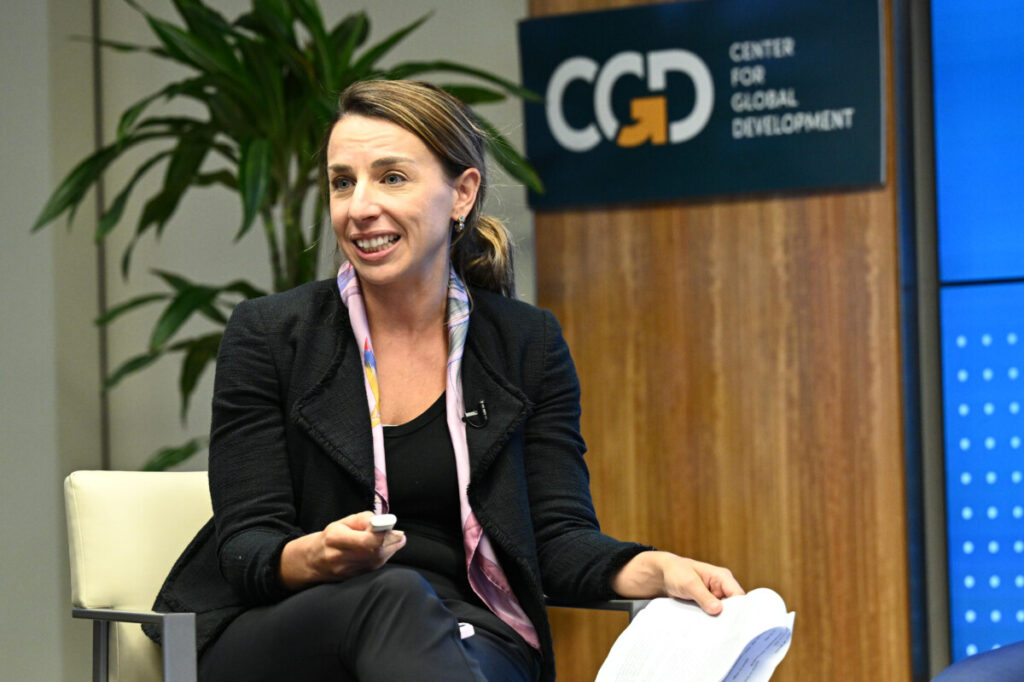
WATCH All Three Panels in Full:
Full caption for top photo featuring the 3 panels, (from top down, left to right):
Rachel Silverman Bonnifield, Senior Fellow, Center for Global Development; Paromita Hore, Director, Environmental Exposure Assessment and Education, New York City Department of Health and Mental Hygiene; Richard Fuller, Founder, Pure Earth; Lucia Coulter, Co-Founder and Co-Executive Director, Lead Exposure Elimination Project.
Abheet Solomon, Global Programme Lead, Healthy Environments for Healthy Children, UNICEF; Mark Kasman, Director, Office of International and Tribal Affairs (OITA), EPA; Vikas Kapil, Chief Medical Officer and Associate Director for Science, Global Health Center of the CDC; Jordan Dickinson, Deputy Chief of Staff, Office of Rep. Dan Kildee (MI); Rachel Silverman Bonnifield, Senior Fellow, Center for Global Development.
Karen Mathiasen, Project Director, Center for Global Development; Drew McCartor, Executive Director, Pure Earth; Amrita Kundu, Assistant Professor of Operations and Information Management, McDonough School of Business, Georgetown University; Ana Navas Ancien, Professor and Vice-Chair of Research, Department of Environmental Health Sciences, Columbia Mailman School of Public Health; Lee Crawfurd, Research Fellow, Center for Global Development.



